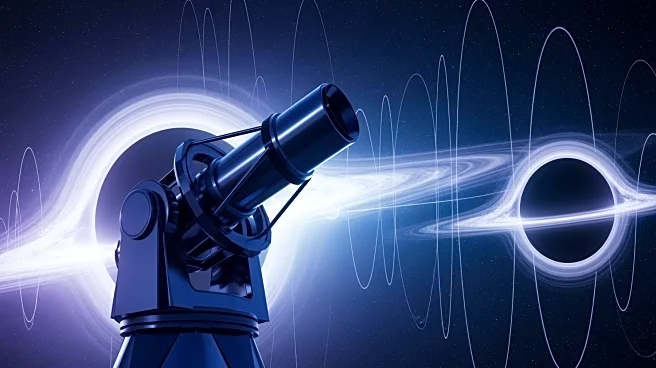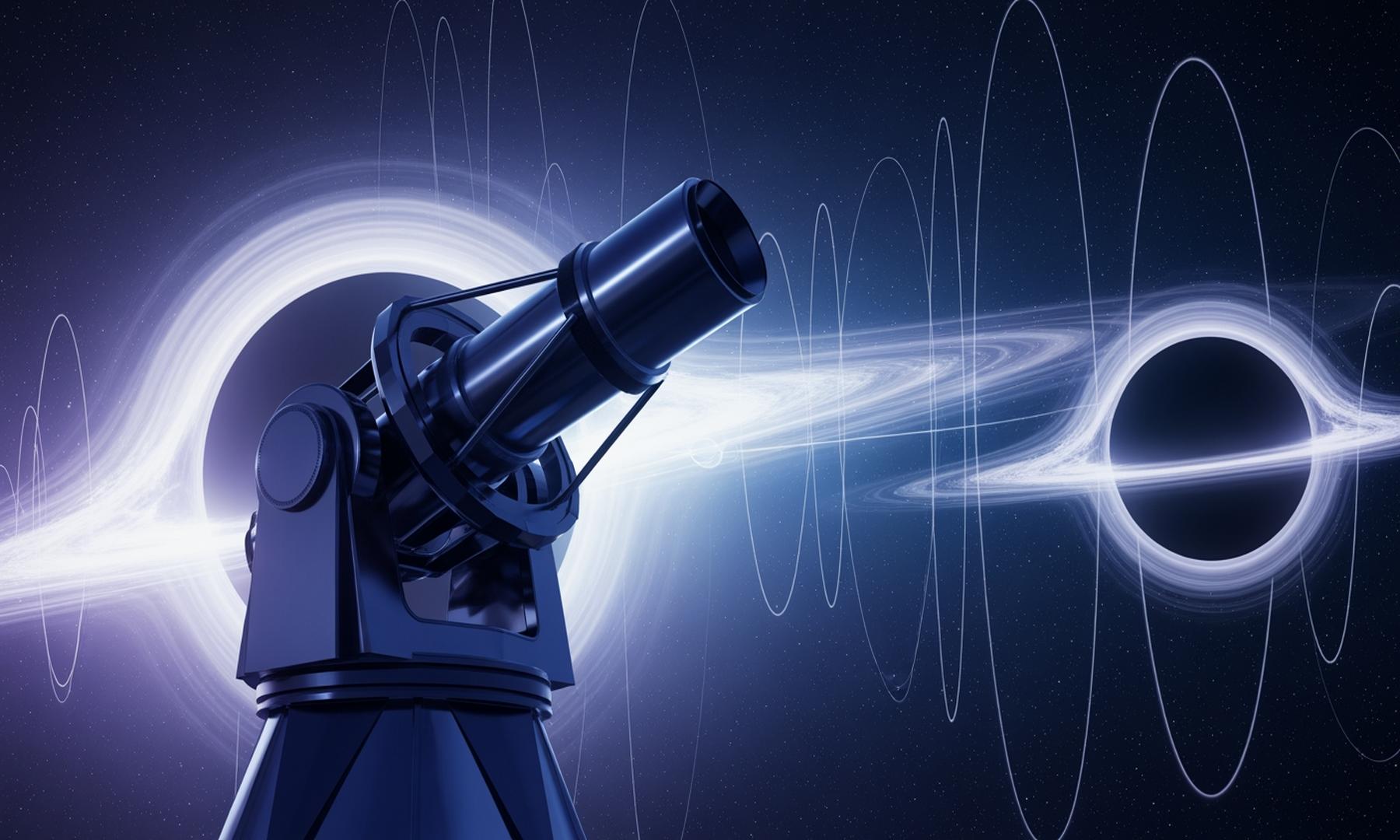What's Happening?
An international team of physicists, including researchers from Washington University in St. Louis, has utilized a balloon-borne telescope named XL-Calibur to gather new measurements on black holes. The
telescope was directed towards Cygnus X-1, a black hole located approximately 7,000 light-years away. The observations aim to test advanced computer simulations of physical processes near black holes. XL-Calibur measures the polarization of light, providing insights into the behavior of hot gas and debris around black holes. The findings, published in The Astrophysical Journal, report the most accurate measurement of hard X-ray polarization from Cygnus X-1. The telescope's July 2024 flight from Sweden to Canada also collected data from the Crab pulsar, setting multiple technical milestones.
Why It's Important?
These observations are crucial for advancing the understanding of black hole physics. By measuring the polarization of light, scientists can gain insights into the extreme environments surrounding black holes, which are not visible through conventional imaging. The data collected by XL-Calibur, combined with information from NASA satellites, could help resolve longstanding questions about black hole behavior. This research contributes to a broader scientific effort involving multiple institutions worldwide, enhancing the collaborative understanding of cosmic phenomena.
What's Next?
The team plans to launch XL-Calibur from Antarctica in 2027 to observe additional black holes and neutron stars. This expanded range of study aims to provide a more comprehensive understanding of matter behavior in extreme cosmic environments. Future missions will continue to build on the successes of previous flights, potentially leading to breakthroughs in black hole physics.













